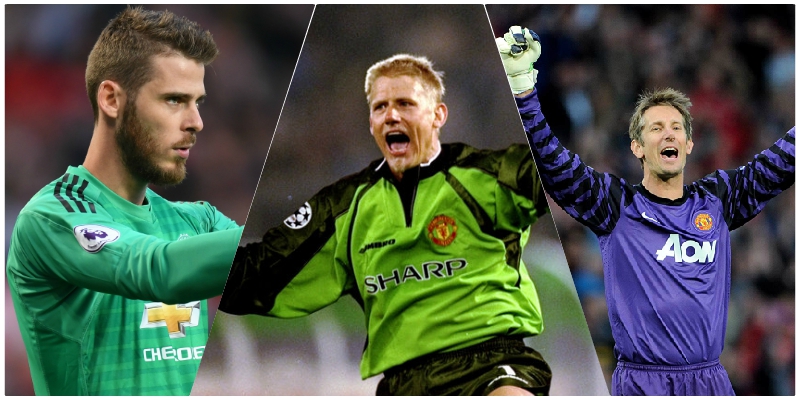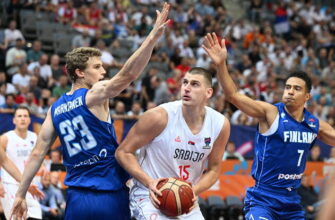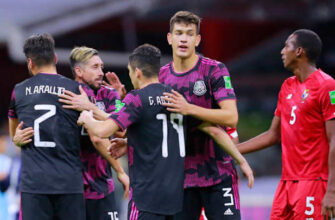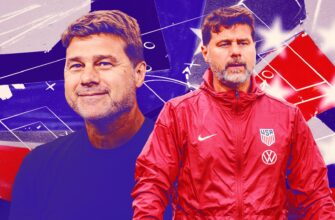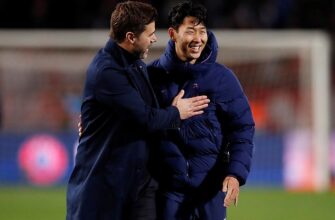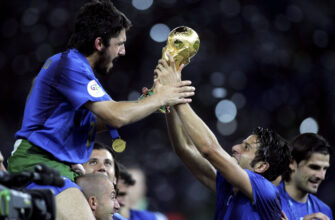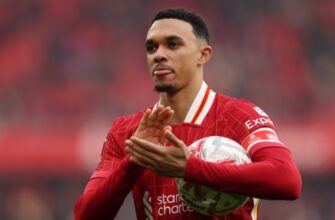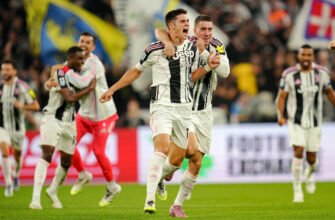The Manchester derby, a fixture steeped in history and often a battle for supremacy, is once again upon us. Yet, beneath the surface of this colossal clash, a quieter, more profound revolution is taking shape. Both Manchester City and Manchester United, titans of English football, have embarked on an unprecedented overhaul of their goalkeeping departments, signaling not just new faces but potentially a radical shift in their footballing philosophies. This isn`t merely a transfer window anomaly; it`s a high-stakes gamble that could redefine their seasons and their long-term trajectories.
United`s Pragmatic Pivot: Embracing the Shot-Stopper
For Manchester United, the departure of Andre Onana to Turkey’s Super Lig marked the end of an era that promised a ball-playing maestro but delivered, at times, a nervous presence between the sticks. Onana, lauded for his distribution, often found his primary duty—keeping the ball out of the net—under intense scrutiny. The Red Devils’ response has been a pragmatic pivot, investing in Senne Lammens, a name perhaps less heralded but whose advanced metrics in shot-stopping were among Europe`s elite last season.
United’s management, it seems, has decided to exploit a perceived “market inefficiency.” While many top clubs chase goalkeepers who double as deep-lying playmakers, United has opted for a specialist. Lammens, a 6-foot-4 presence, is celebrated for his ability to save shots, conceding 14.5 fewer goals than the post-shot expected goal value he faced in the Belgian Pro League. This stark focus on traditional goalkeeping fundamentals contrasts sharply with the aspirations that accompanied Onana`s arrival, where his footwork was as much a talking point as his saves.
Manager Ruben Amorim appears acutely aware of the pressure cooker that is Old Trafford. In a move of calculated caution, he confirmed Altay Bayindir would start the derby, buying crucial time for Lammens to adapt. “It is a different league, different country, different ball,” Amorim stated, emphasizing the long-term vision for Lammens while implicitly acknowledging the `rhino skin` necessary to thrive as United`s number one – a quality some felt Onana struggled to develop amidst the club`s incessant turbulence.
City`s Unexpected Evolution: Guardiola`s Defensive Re-think
Across the city, a similar, yet distinct, goalkeeping metamorphosis is underway. Pep Guardiola’s Manchester City bid farewell to Ederson, a pioneer of the modern sweeper-keeper, whose technical prowess with the ball saw him break Premier League assist records for a goalkeeper. His move to Turkey, driven by injury concerns and a quest for new challenges after winning everything in England, left a significant void.
The choice of his replacement, however, raised eyebrows. After a brief stint with academy product James Trafford, City swiftly brought in Gianluigi Donnarumma from Paris Saint-Germain. Donnarumma, a towering figure known for his formidable shot-stopping and imposing presence, represents a “zag” to Ederson’s “zig.” Guardiola, historically a champion of `keepers who initiate attacks, now finds himself with a custodian whose strengths lie more in traditional defiance.
The reasoning, it turns out, is less about artistic expression and more about practical defense. In recent seasons, City has shown a noticeable vulnerability to counter-attacks, conceding an alarming number of goals and expected goals from opposition fast breaks. While Ederson had his moments of brilliance, the underlying defensive frailties demanded a different solution. Guardiola himself clarified, “We didn`t take Gigi to do what Ederson has done; Gigi has another quality.” This indicates a tactical adjustment, perhaps an admission that even City`s formidable possession game sometimes needs a more robust, conventional safety net.
The Goalkeeping Conundrum: A Broader Tactical Shift?
These parallel, yet distinct, shifts in Manchester raise a fascinating question: Is modern football witnessing a subtle re-evaluation of the goalkeeping role? For years, the emphasis has been on the `sweeper-keeper` – a player comfortable high up the pitch, initiating build-up, and acting as an eleventh outfield player. But as defensive vulnerabilities persist and the sheer volume of shots faced by goalkeepers remains high, are clubs quietly returning to the primal demand of the position: to stop the ball?
The irony is not lost. Guardiola, a purveyor of footballing evolution, now appears to prioritize raw goalkeeping presence in response to defensive weaknesses. United, after a bold experiment with a ball-playing `keeper, has retreated to what looks like a more conservative, shot-stopping-first approach. Both are daring moves, deviating from their recent trajectories, and both carry immense risk and potential reward.
High Stakes, Uncertain Outcomes
The Manchester derby is often more than just 90 minutes; it`s a barometer for the season ahead. This time, it serves as an early litmus test for these radical goalkeeping gambles. Will Lammens justify United`s faith in pure shot-stopping? Can Donnarumma adapt to City`s intricate demands while shoring up their backline without the distribution prowess of his predecessor?
Only time will tell if these decisions represent astute tactical adjustments or desperate measures. What is clear is that Manchester`s footballing landscape is undergoing a significant, fascinating transformation, starting right between the posts. The outcomes of these goalkeeping experiments will not only shape the Premier League title race but might also influence the broader conversation about the ideal modern goalkeeper.

